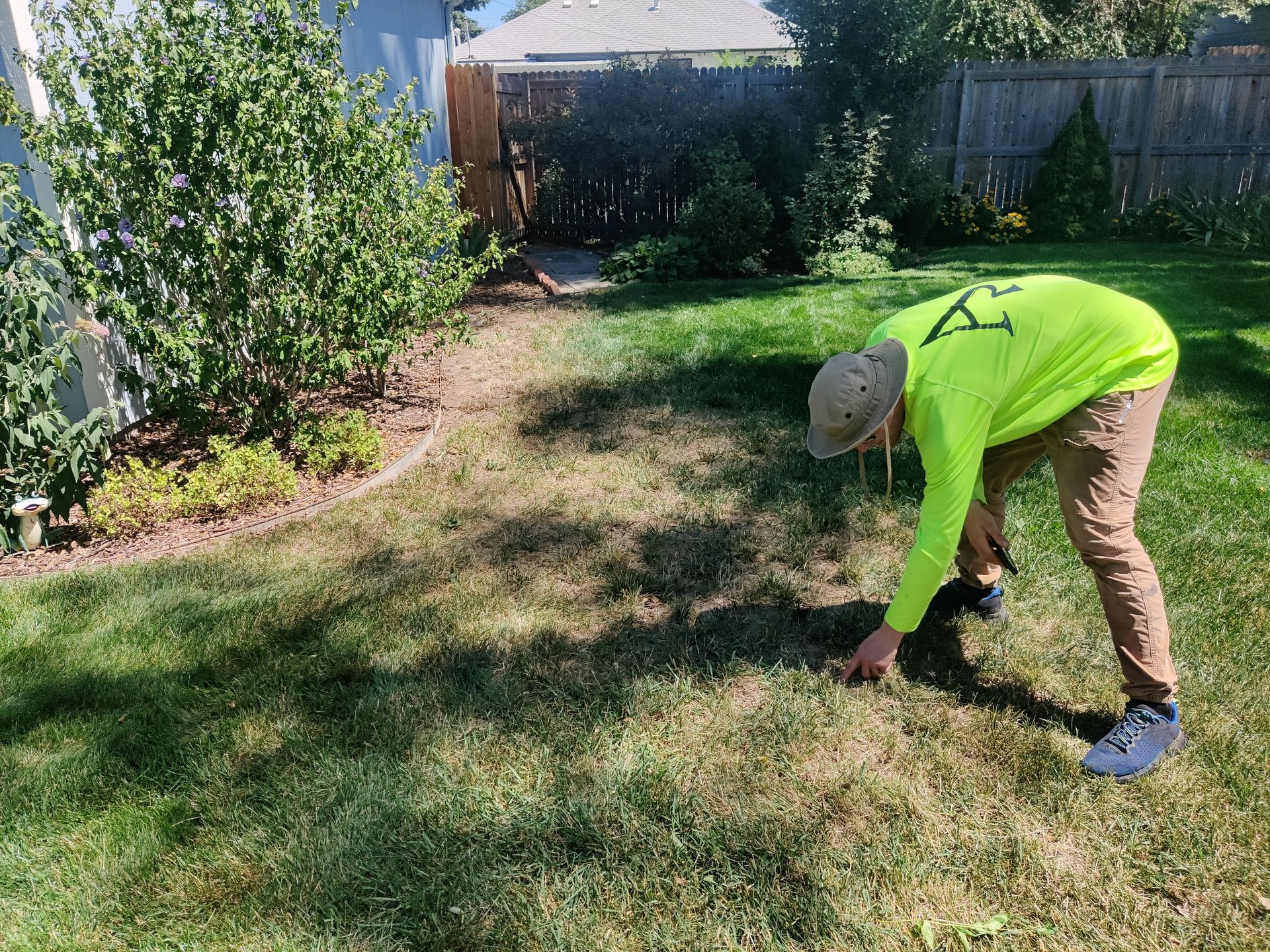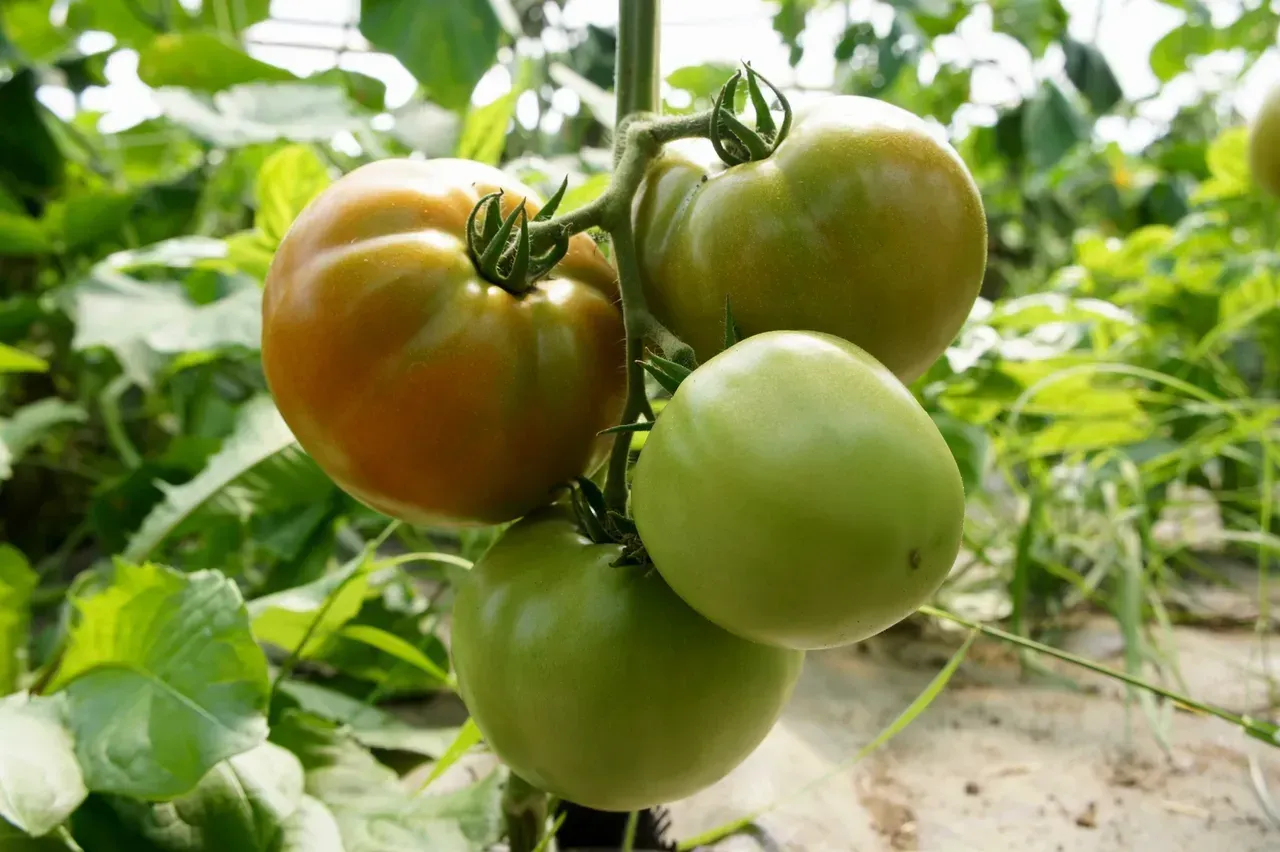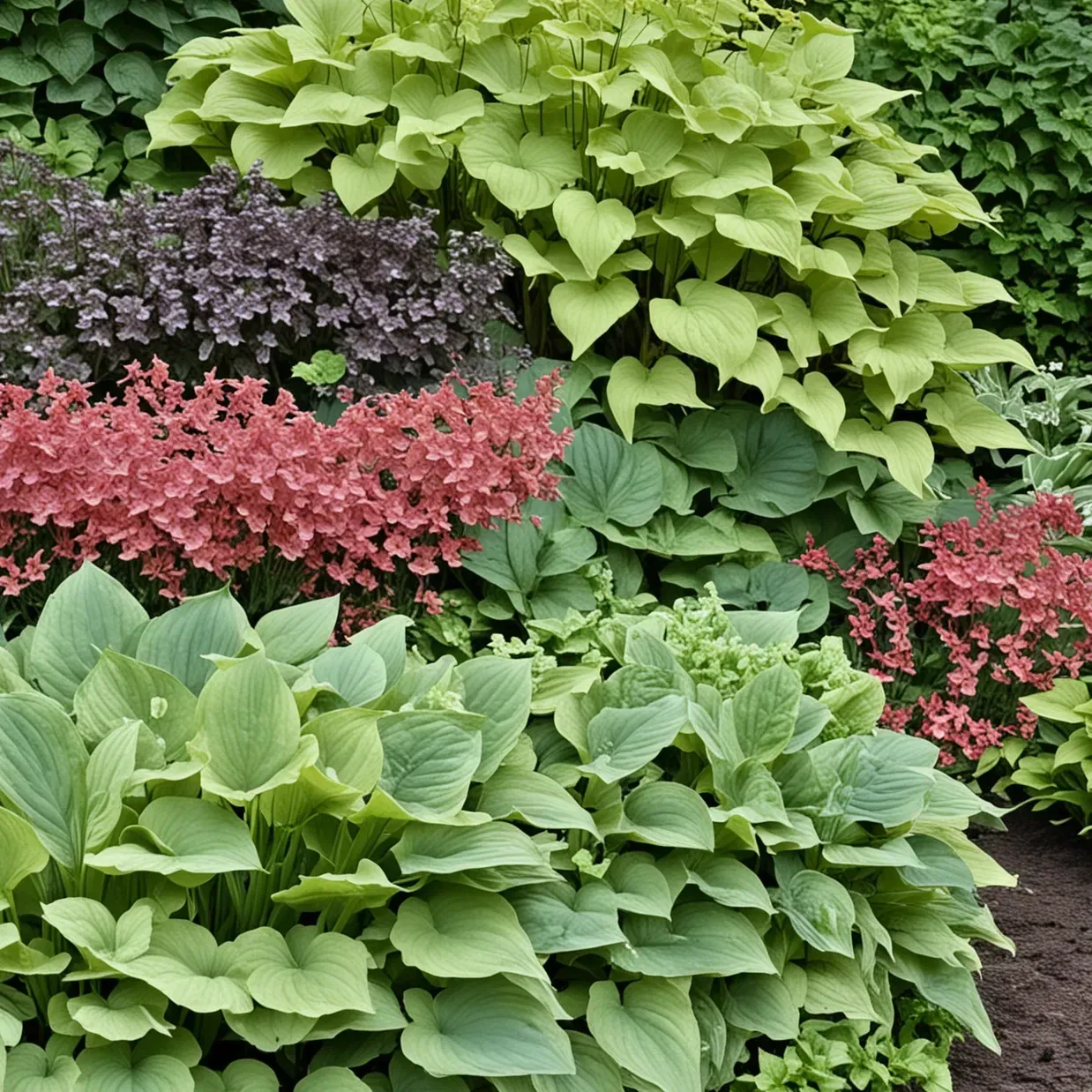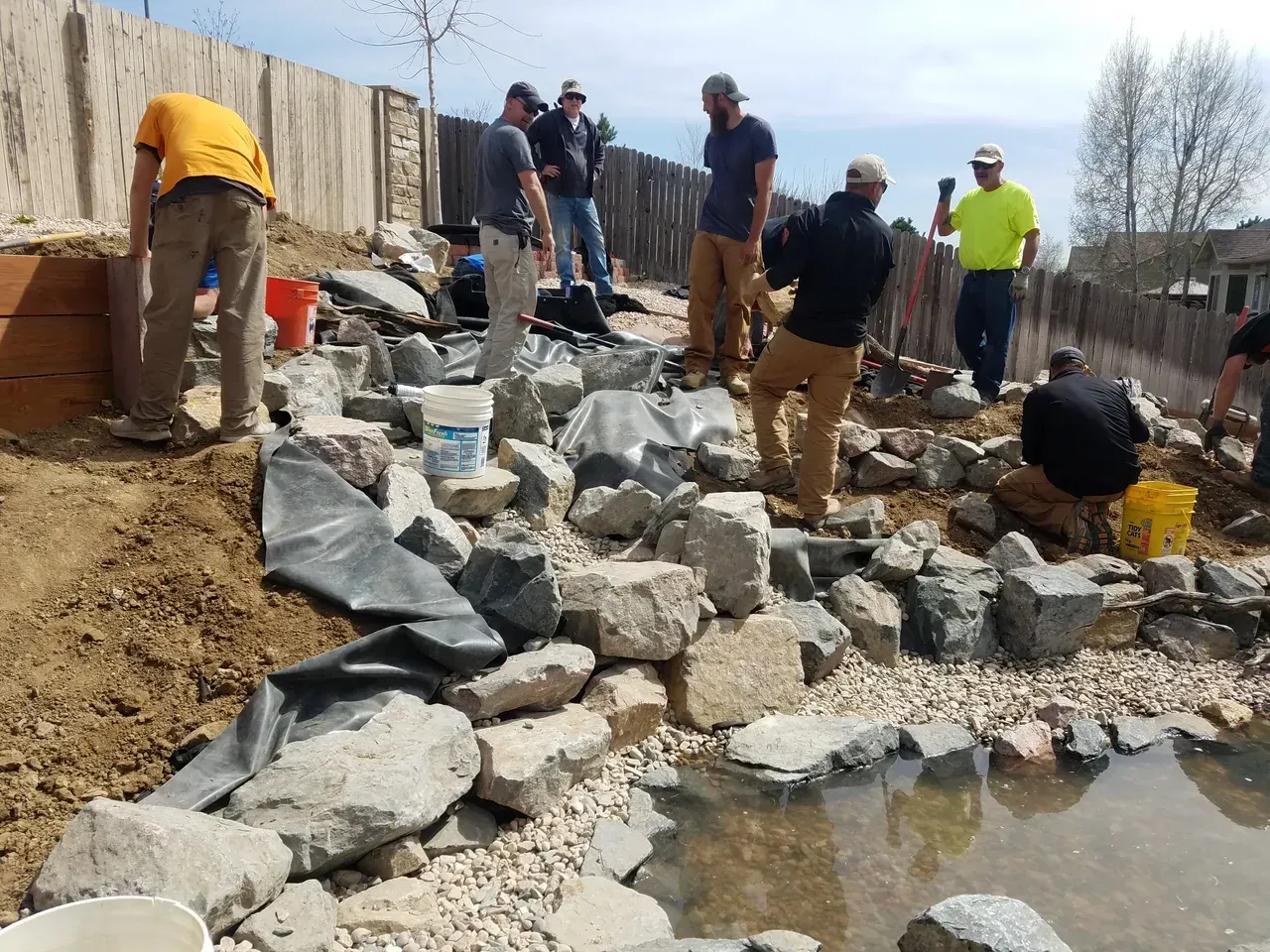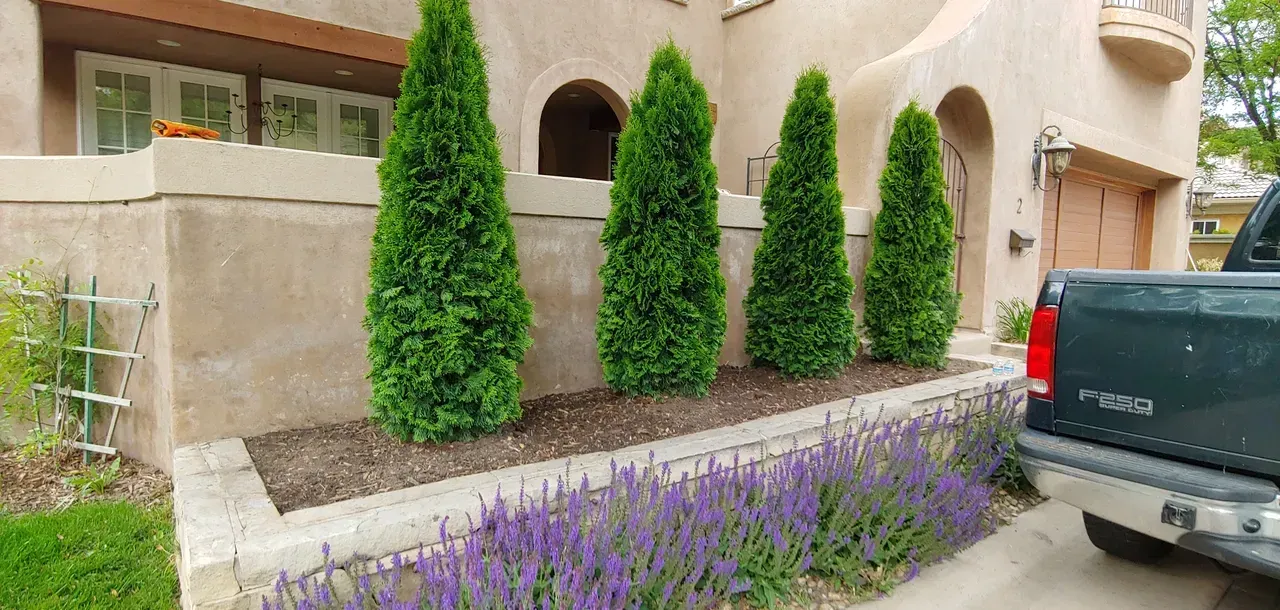Hello people of Denver. Hope you had your coffee this morning. This is a truly in-depth article from A through Z. I'm Zack with Ace of Spades Gardening & Design. I'm the manager at AOS and wanted to give you insight to strategies to help your lawn and garden look the best, starting with spring.
Spring time holds the most work, next to fall, for lawn and garden task. Thats why getting ahead is better than getting behind. During this time (March-April) you'll want to do as much as you can to set your property up to look its nicest. For the lawn, you'll want to make sure you put down a great blend of compost. This compost will help your soil become better in every way.
By adding compost to your lawn, over the coarse of a few years, you will eliminate the need for aeration and fertilization while also lowering your water bill. You can have all these benefits and till get a top notch lawn quality that rivals synthetic treatments.
(Quick add)
Synthetic applications are like hospitals while organic and all natural are like a rainforest. One side (Synthetic) often sterilizes the environment for which its applied and creates dependance because of this. If the fertilizer treatments are stopped for example, there are not enough microbes in the soil to create what the grass/plant still needs, therefore, the specimen dies from lack of food. When compost and organic matter is added, the microbe colonies grow and produce fertilizer at the same rate as the plants can up-take. This creates balance without the need of human input. Without us, the lawns would fill up with decaying matter which would feed the soil and thus, feed the plants. We just make its look really sharp while doing this.
The compost will break down over time with moisture into usable bio material. For faster results. Do double pass core aerations and add compost after. This will help the compost work its way deeper into the soil saving up to years off the rehab.
Weeds
Now lets get to weeds. There are many cases each year for multimillion dollar class action lawsuits from harmful pesticides and herbicides claims. Anything that say "don't touch" you should leave on the shelf and not touch it. It doesn't just harm you with micro fumes, it can harm the whole balance of the local eco system. My mom always said, if you can't afford to take care of something responsibly, you should stop living outside your means. Good thing organic maintenance is cheap!
For weeds, just simply being persistent will pay off. Almost all (could be all) of our clients that get regular weeding see up to a 90% decrease in weeds year over year. Thats the goal. Get most of the root out as you can, flat heads work great, and pull straight up. Over time, the seeds left in the soil will go sterile or will sprout. Your goal is to pull them before they seed. If you stay on top of this, the amount of time you spend weeding will lower greatly each season.
How to mow
Now lets get to the basics, mowing. This is how to properly mow for best results. First, use the smaller mower you can with a strong robust body. This will help a bunch of issues down the road like scalping, lawn indentations, storage space, cut quality, mulching, bagging etc. Do yourself a favor and get a honda. We have clients with massive lawns that have had there hondas for over 10 years and still work like the day the got it. Plus, its one of the best cut quality in the industry. Egos are nice for versatility but cut quality lack due to not enough power.
When mowing always try to switch up where your tires hit the ground, even by a 10% overlap. If you continue to use the same path for your mowers, you'll create ruts which are fairly hard (expensive) to fix. We want less chores, not more.
How to string trim
String trim the boarders first, making sure the grass clippings get fling into the lawn and not hardscapes or garden beds (again, less work not more). Do this by walking behind the string trimer as if its a mower. This will allow it to lay nicely in the lawn awaiting the next step.
Use the mower to trace your boarder twice, then go back and forth over lawn, again, alternate your patterns to not cause ruts. The 2 boarder laps will give you a nice turn around spot so you don't need to push up against anything with the mower on the straight runs. If the grass is really long or thick, use a bag and bag the clippings.
Mowing frequency
Mowing more often is better than less. The goal is to prune the grass (allowing it to focus on root growth) but to cut off as little as possible (10% is the goal). The blade of grass is the plants food factory. The more you cut off at once, the more shock its going to go through. During fast growth times we recommend twice a week (if its your own lawn) or weekly if hiring a company (keep cost down). If you lawns in pretty bad shape and a very slow grower, bi-weekly should be fine.
Mowing height
Always leave your grass as long as possible without it looking wild. Long grass shades the ground, leading to water savings, and helps allow your grass to be more robust during drought or bad fungus outbreaks. We recommend 3-3.5 inches if possible. This is not really possible on a bi-weekly cut schedule as it will grow to tall and then you'll be removing to much of the grass at a time.
Organic fertilizer
If your lawn is transferring from synthetic fertilizers to organics or your lawn has plenty of great soil but you want to boost the appearance for an occasion or in general. Compost tea is a great additive. All organic and easy to make, just be sure to use a sprayer that can handle particles that make it through your cheese cloth. If you add calcium, it will reduce dandy lions and some other weed types as well.
If you have and questions, feel free to reach us at our website Denver Landscape Expert | Ace of Spades Gardening & Design (aosgardening.com)
Call us or fill out a contact form and we should be able to help you out. Take care.



